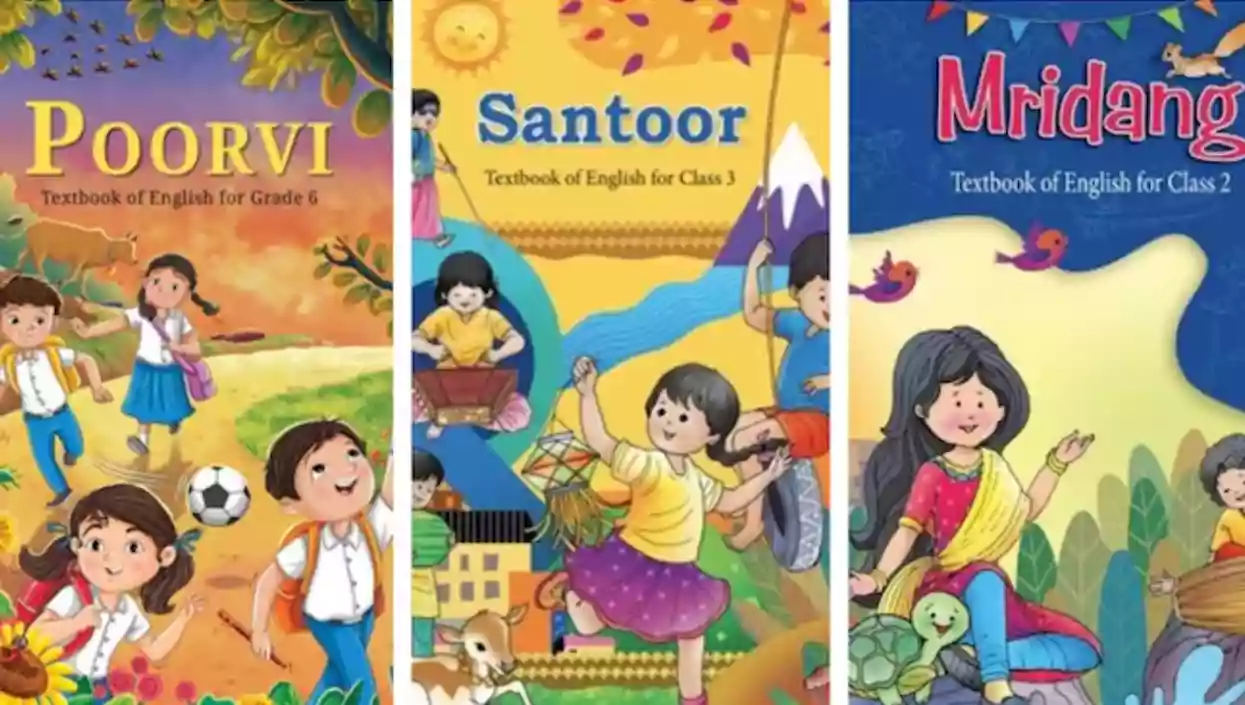.gif)
.gif)

The National Council of Educational Research and Training (NCERT) has come under fire after it renamed several of its English-medium textbooks with Hindi titles written in Roman script. This change, introduced as part of the rollout of textbooks under the National Education Policy (NEP) 2020, has sparked debate across education circles and social media.
For instance, the Class 6 English textbook, earlier titled Honeysuckle, is now named Poorvi—a Hindi word meaning “eastern” and also the name of a raga in Indian classical music. Meanwhile, English textbooks for Classes 1, 2, and 3 are now named Mridang and Santoor—terms that refer to traditional Indian musical instruments.
Critics argue that the change breaks from NCERT’s long-standing tradition of naming books based on the language of instruction. Previously, the English version of a subject like mathematics was titled Mathematics, while the Hindi version was called Ganit and the Urdu version Riyazi. However, the new textbooks for both Hindi and English now carry the same title, such as Ganita Prakash, regardless of the language inside.
Educationists and linguists have expressed concern, pointing out that the use of Hindi words in Roman script may confuse students and teachers alike. A retired linguist noted that many of these titles, when read in English, might be mispronounced or misunderstood—especially by those unfamiliar with Hindi phonetics.
Further questions have been raised about the lack of transparency. The foreword in the Class 6 English textbook, written by NCERT Director Dinesh Prasad Saklani, does not clarify the rationale behind choosing Hindi titles for English books. It merely mentions the inclusion of Indian knowledge systems, cultural heritage, and values such as gender equality and digital skills.
Interestingly, the renaming trend hasn't been applied consistently. For example, the Class 6 science book retains an English name—Curiosity—while its Hindi and Urdu counterparts are titled Jigyasa and Tajassus. Similarly, the Class 6 social science textbook carries the name Exploring Society: India and Beyond in English and Samaj Ka Adhyayan: Bharat aur Uske Aage in Hindi.
The new textbooks for Classes 4, 5, 7, and 8 are now being released, and it remains unclear whether this naming approach will be extended to all subjects and levels going forward.